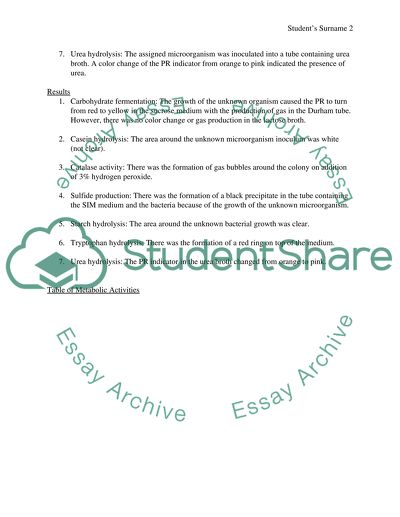Cite this document
(“Microbiology: Unknown Organism Lab Report Example | Topics and Well Written Essays - 1000 words”, n.d.)
Retrieved from https://studentshare.org/biology/1615861-microbiology-unknown-organism
Retrieved from https://studentshare.org/biology/1615861-microbiology-unknown-organism
(Microbiology: Unknown Organism Lab Report Example | Topics and Well Written Essays - 1000 Words)
https://studentshare.org/biology/1615861-microbiology-unknown-organism.
https://studentshare.org/biology/1615861-microbiology-unknown-organism.
“Microbiology: Unknown Organism Lab Report Example | Topics and Well Written Essays - 1000 Words”, n.d. https://studentshare.org/biology/1615861-microbiology-unknown-organism.


